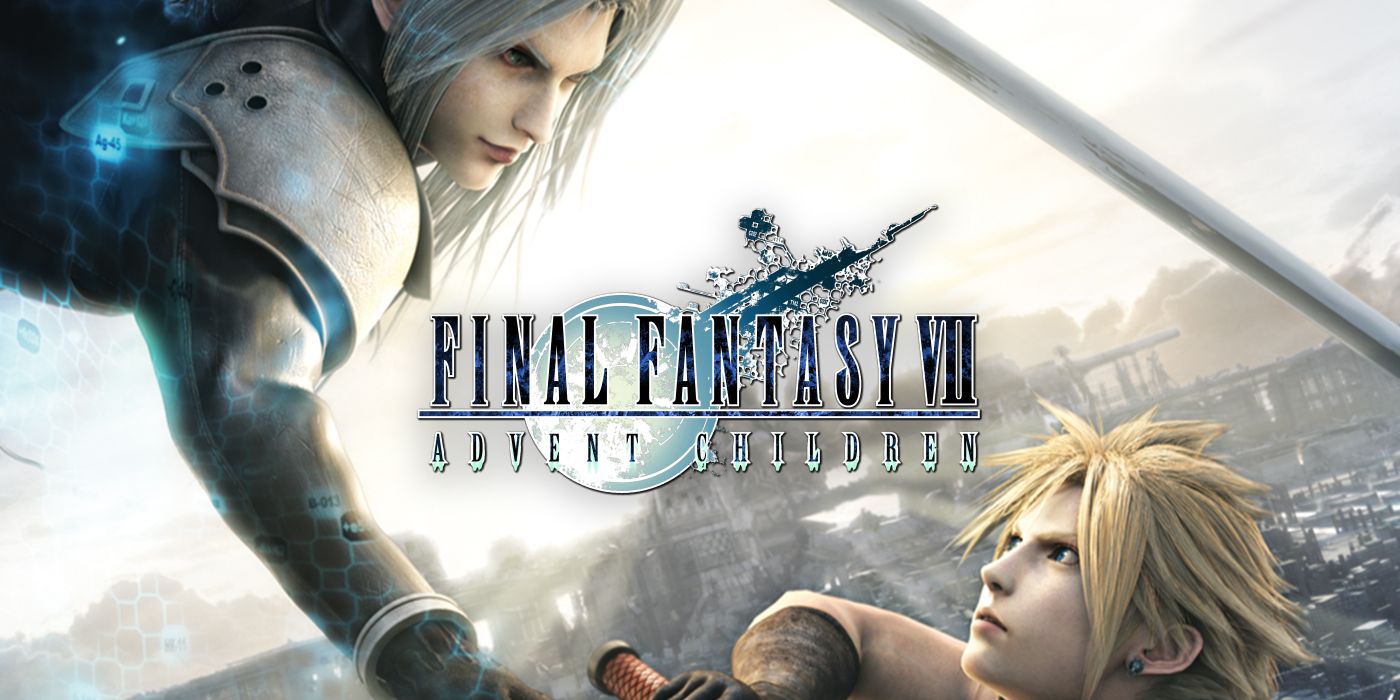
On December 10, right as The Game Awards were getting started, gamers were introduced to the newest member of Super Smash Bros. Ultimate’s gargantuan roster. Although talk of Crash Bandicoot and Fortnite characters circulated on social media earlier that day, no one could’ve ever anticipated that the seventy-eighth fighter would instead be one of the most well-known villains in video games. Descending from the skies and cleaving Ultimate’s godlike villain Galeem with a single stroke of his sword, Sephiroth, Final Fantasy VII’s silver-streaked genocidal supersoldier, surprised and delighted players across the medium.
As the outstanding trailer played out, depicting Sephiroth’s arrival and onslaught on the Smash Bros. lineup – including a fated reunion with fellow Final Fantasy VII combatant Cloud Strife – eagle-eyed S.O.L.D.I.E.R. stans noticed a recurring reference point: The trailer’s music, camera angles, and lines of dialogue were unmistakably lifted from Final Fantasy VII: Advent Children, the original game’s animated movie sequel.
The inspiration was so apparent that, when Sephiroth launched a week later, three pieces of music from the film were bundled with his release – the only inclusion of non-video game music in Ultimate’s thousand-song tracklist. Thanks to Super Smash Bros. Ultimate, Advent Children is making a comeback in the gaming consciousness fifteen years after hitting retail stores in Japan. Despite mixed reception, the film remains among the more significant video game adaptations ever made, thanks to a surprisingly everlasting legacy, both within its own franchise and outside of it.

Released in 2005 and directed by Final Fantasy VII character designer Tetsuya Nomura, Advent Children takes place two years after the original game, introducing a trio of black-cloaked adversaries for returning protagonist Cloud and his friends. As an incurable disease infects the industrial city of Edge, the brooding buster-swordsman embarks on a race against the clock to prevent the supposed siblings of Sephiroth from destroying the city and resurrecting his arch-nemesis.

Although its story is as abstractly written and told as most Tetsuya Nomura productions (arguably to its detriment), Advent Children’s true selling point was its action-packed animation. By 2005, computer and motion-capture technology had advanced enough to fully realize frenetic and high-flying fights in three dimensions, a practice previously exclusive to a 10-year-old’s action figure collection. The delicate, kinetic, and superhuman combat strung throughout the movie was unlike anything ever before put to screen.
During Advent Children’s production, Nomura insisted the film’s action abandon any sense of realism, resulting in jaw-dropping setpieces that are tonally-consistent enough to not dive into full-blown absurdity. Characters defy gravity and strike with incredible power and propulsion in a violent ballet, captured through dynamic cinematography and loaded with moments of intense slow-motion. The brawl between fan-favorite character Tifa Lockhart and gauntlet-gunning villain Loz remains an amazing demonstration of pacing and choreography.

For many fans, however, the innovative action couldn’t overshadow the film’s fundamental shortcomings. Advent Children has received criticism over the years, its deeply cryptic storytelling receiving the loudest. As the co-creator of the Kingdom Hearts series, Nomura has earned a divisive reputation for his paradoxically vague and heavy expository dialogue, and Advent Children is no exception. The film’s first hour is almost exclusively comprised of characters explaining the setting and the villains’ motivations in redundant detail.
Ironically, the movie doesn’t even attempt to introduce the world of Final Fantasy VII in a straightforward capacity, leaving behind audience members who haven’t invested 30-40 hours into a 1997 PlayStation game. These story issues were (mostly) addressed in 2009’s Final Fantasy VII: Advent Children Complete, an extended edition featuring revised animation and 25 minutes of additional set-dressing and characterization.
Despite its setbacks, Advent Children left an indelible impact on the Final Fantasy VII franchise and is now recognized as a companion piece to the original game. Cloud’s substantial redesign is the most prominent piece of Advent iconography, as it’s featured in high-profile crossover media that features him. For example, when Cloud was revealed as a downloadable character for Super Smash Bros. for Wii U and 3DS in 2015, he brought with him an alternate costume based on his Advent Children redesign.

Upon Sephiroth’s arrival in Ultimate five years later, Cloud received an updated “Final Smash” attack for his Advent Children costume, referencing the film’s final battle. Nomura himself hasn’t forgotten the film in his recent work – its central melody, “The Promised Land,” received an auditory spotlight in the opening act of Final Fantasy VII Remake.
The film also left a mark on the greater Final Fantasy franchise. Two years after Advent Children’s release, Square Enix announced Dissidia: Final Fantasy, a crossover fighting game featuring characters from across the series. From its first trailer, its focus on low-gravity combat and slow-motion excess displayed a clear inspiration to Advent Children. Critics at the time likened the brawler to a playable version of the animated movie. Dissidia was released on the PlayStation Portable in 2008 to critical acclaim and financial success, spawning a small series of its own.
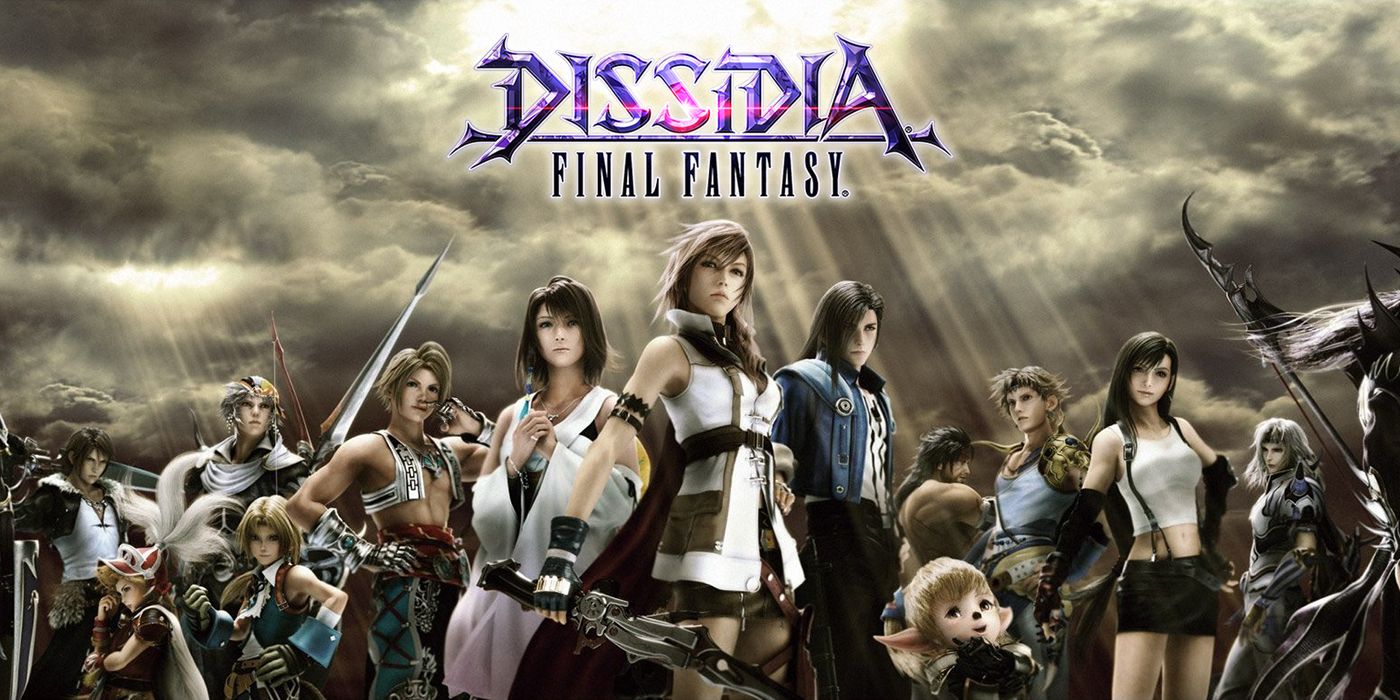
But the most significant impact Advent Children left in its wake doesn’t come from an official product, but instead an entire genre of fan-made action animation. In 2007, animator Monty Oum uploaded “Haloid,” a short film depicting a fight between Samus Aran of Nintendo’s Metroid series and Halo’s Master Chief. The 10-minute toss-up took many cues from Advent Children’s cinematography and choreography (though not without also drawing influence from the Matrix trilogy).
Oum would go on to become one of the most celebrated animators online through his work on Rooster Teeth’s machinima Red vs. Blue and his own animated web series RWBY, both of which carried his signature style, likely inspired in part by Advent Children’s action setpieces. His influence, in turn, inspired countless animators all over the Internet to create their own fanservice fisticuffs, a legally-muddy crowd-pleasing craft that still exists today. In a sense, Advent Children‘s DNA is more widespread than ever before.
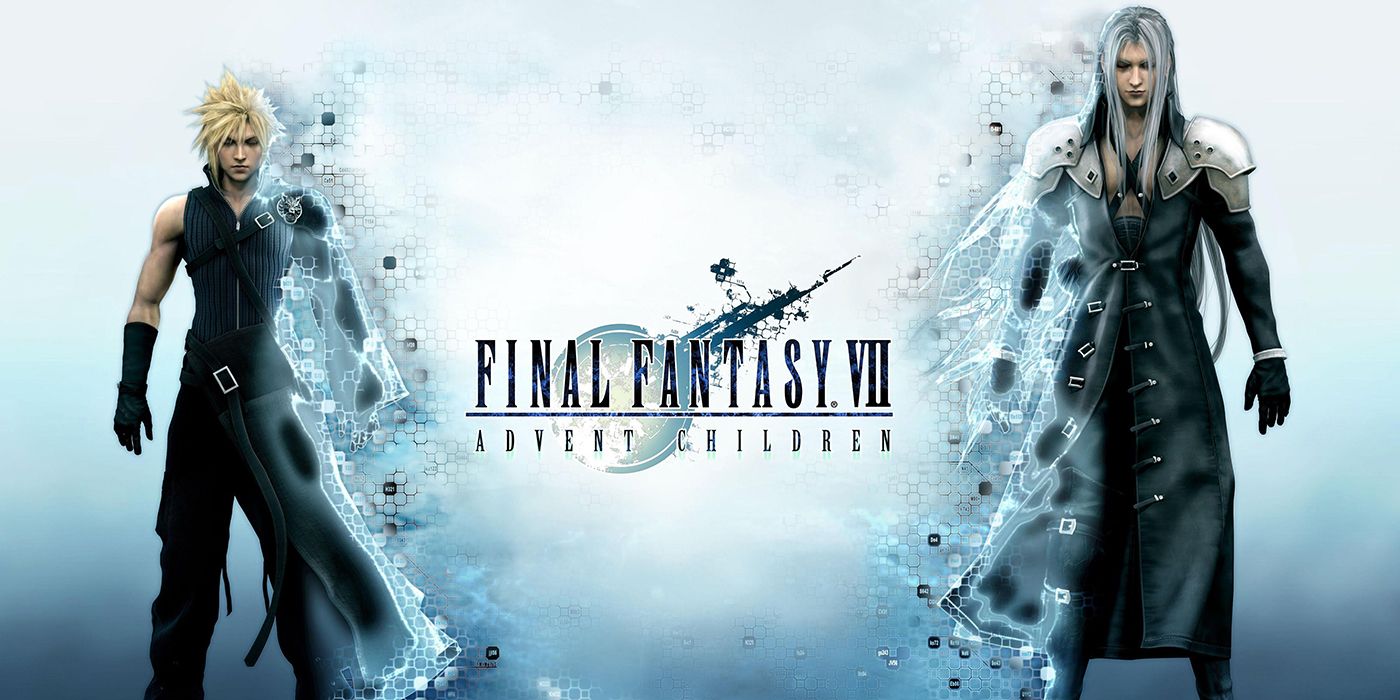
Final Fantasy VII: Advent Children carries a unique legacy in the history of animated cinema. It may never be celebrated on its own terms or regarded among the art form’s greatest works, but what it showed thousands of fans in 2005 was a kind of spectacle combat never before thought possible. Using the backdrop of a beloved video game, it showed a future wherein animation could be a better outfit for precise and powerful action than the real thing, and it’s still one of the best examples of its kind. As long as its influence on animated action remains, Advent Children will never be a memory.
Final Fantasy VII: Advent Children is available on Blu-Ray and Digital.

facebook 查詢:
24 hours enquiry facebook channel :
https://www.facebook.com/itteacheritfreelance/?ref=aymt_homepage_panel

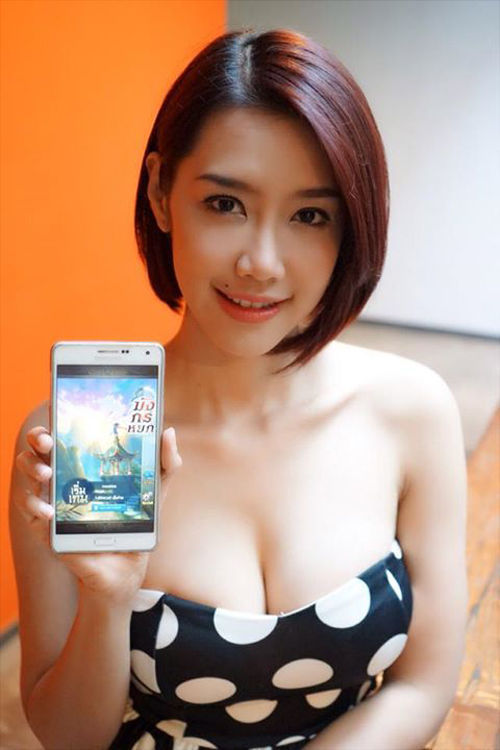
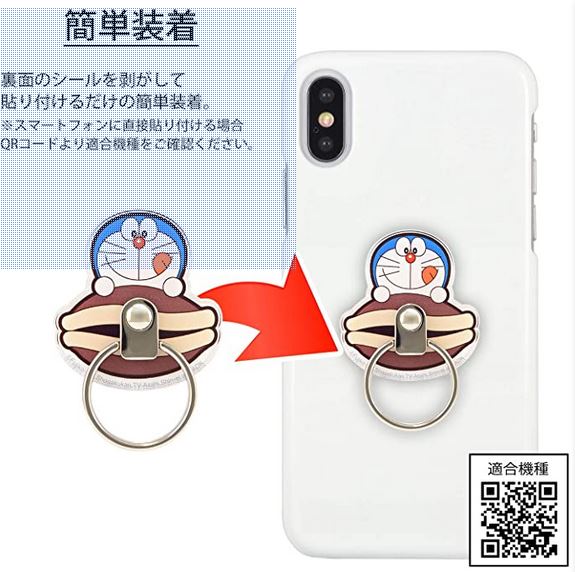
Leave a Reply